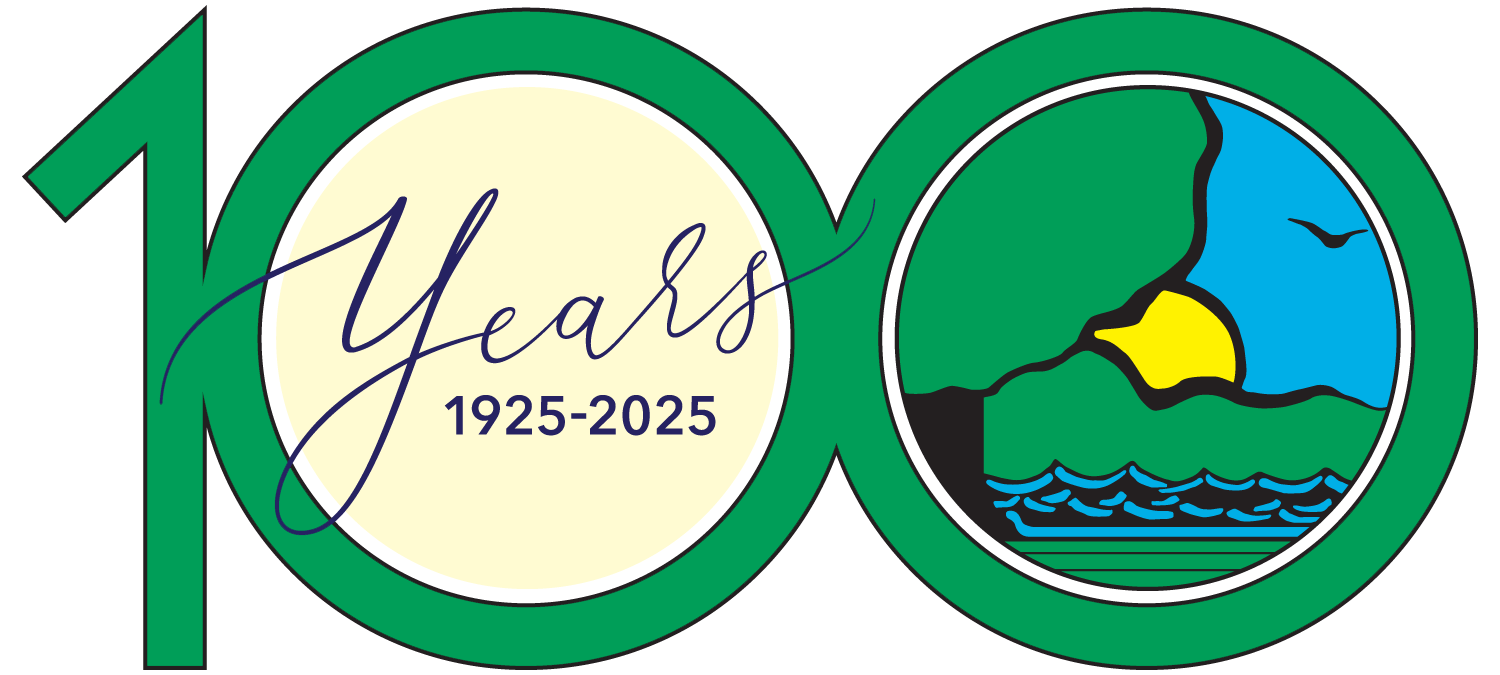
Two IDNR employees work the licensing table in the Illinois State Fair’s Conservation World Law Enforcement Tent, one of many locations where customers can purchase their annual fishing license. Photo courtesy of IDNR.



Two IDNR employees work the licensing table in the Illinois State Fair’s Conservation World Law Enforcement Tent, one of many locations where customers can purchase their annual fishing license. Photo courtesy of IDNR.
Natural resource management agencies are increasingly focused on broadening participation in fishing and understanding why license sales are changing over time. Downward trends in hunting and fishing are occurring in many U.S. states and across industrialized nations (Arlinghaus et al., 2021). In Illinois, sales have slumped over the past 63 years (Fig. 1), and while the causes of such declines are complex and not fully understood, the importance for natural resource management agencies is clear. There are important functions served by the Illinois Department of Natural Resources (IDNR) like managing sportfish on state and public waters, maintaining hatchery production, and improving fish habitat that are supported by revenue from fishing license sales. The agency has therefore employed researchers, including our team at the University of Illinois, to understand trends in fishing participation and provide insight on how to think about these issues.

Who is and isn’t fishing? What are the ages and genders of current anglers? Where do anglers live throughout the state? Why are fewer people buying fishing licenses over time? These are the types of questions that researchers should be asking to understand longitudinal patterns in license sales (Zhang et al., 2020). We have found that the average license holder is getting older, and the average age of people going fishing has increased from 43 years in 2006 to 47 in 2021. That may seem like a modest increase, but it indicates that fewer young anglers are entering the sport, compared to their elder counterparts. Second, about 80 percent of licenses since 2006 have been purchased by males – a figure that has only ticked down by a percentage or two in the past 15 years. Finally, people are fishing at much higher rates in rural than urban areas. Figure 2 shows where license sales were proportionally higher (these are “hotspots”) and proportionally lower (these are “cold spots”) than the statewide average in 2021. Residents in the two most urbanized areas, Chicago and East St. Louis, are fishing at disproportionally lower rates than other regions of the state. Because there are indeed fishing opportunities in urban areas, the IDNR is interested in knowing why participation is so low, and why these urban areas have showed the biggest decreases in the total number of sales between 2006 and 2021. Socio-demographic characteristics of residents in urban areas are also changing and will therefore be carefully evaluated to assist with promotional efforts in the future.

The root causes for why license sales are changing need to be identified, particularly the potential constraints on participation that can help resource management agencies make more informed decisions about recruitment, retention, and reactivation of recreational anglers. There are many factors that may influence how and where Illinoisans participate in fishing. Lack of time, crowding and limited infrastructure are all salient barriers highlighted in previous research that need to be overcome to increase access to fishing (Fedler & Ditton, 2001). Lack of mentorship is another challenge that is being actively considered by resource management agencies. That is, many residents may not know that fishing is an option and readily available to them or have the baseline knowledge of how to get started (Morales et al., 2020). One potential solution is to focus on building basic skills and communication to make the sport more accessible and visible in areas where participation rates are the lowest. For example, the Urban Fishing Program provides children (and everyone else!) with opportunities to learn the ropes in free fishing clinics, where skills like hook baiting, knot tying, and fish handling are taught. This type of fun is happening across the state through fishing clinics and special events. Initiatives like these respond to previous research that has suggested most anglers are introduced to fishing before the age of 12 (RBFF, 2022). The transfer of fishing skills to younger generations is indeed a priority, especially opportunities for building appreciation of Illinois’ natural symbols like the state fish – the bluegill (Fig. 2).

Insights into these things that we call: recruitment, retention, and reactivation of recreational anglers in Illinois, are crucial for supporting IDNR’s efforts to meet the needs of their constituents, including both current and future generations, as well as and creating more equitable opportunities for accessing fisheries. This research project is therefore focused on supporting evidence-based decisions to meet the needs of all Illinoisians with interests in the environment and most importantly, FISHING. Outdoor experiences are more than just culture, tradition, and pastimes after all, they can help to conserve the state’s natural resources in perpetuity. So, keep this in mind for the upcoming season: if you’re someone with knowledge to share, consider introducing a friend or family member to a lifetime of fishing.
Arlinghaus, R., Aas, Ø., Alós, J., Arismendi, I., Bower, S., Carle, S., et al. (2021). Global participation in and public attitudes toward recreational fishing: international perspectives and developments. Reviews in Fisheries Science & Aquaculture, 29(1), 58-95.
Fedler, A. J., & Ditton, R. B. (2001). Dropping out and dropping in: a study of factors for changing recreational fishing participation. North American Journal of Fisheries Management, 21(2), 283-292.
Morales, N. A., Paudyal, R., & Hughes, C. (2020). Creating life-long anglers: Impacts of a high school fishing program on youth fishing, related knowledge, confidence and perception of barriers. Knowledge & Management of Aquatic Ecosystems, (421), 3.
RBFF (Recreational Boating and Fishing Foundation) and Outdoor Foundation (2022). Special Report on Fishing. Alexandria, VA.
Zhang, X., Landon, A. C., & Miller, C. A. (2021). The Influence of Aggregate Sociodemographic Characteristics on Fishing License Sales in Cook County, Illinois. North American Journal of Fisheries Management, 41(2), 344-354.
North Joffe-Nelson is a PhD student studying conservation psychology and natural resource science. He holds a MS degree in the Human Dimensions of Natural Resources from the University of Illinois at Urbana-Champaign and researches how fisheries use can be understood using tools from psychology.
Carena van Riper is an Associate Professor of conservation psychology. Her Research Group in the Department of Natural Resources and Environmental Sciences at the University of Illinois studies how people value nature and helps agencies develop transformative solutions to environmental degradation that require an understanding of human behavior.
Submit a question for the author